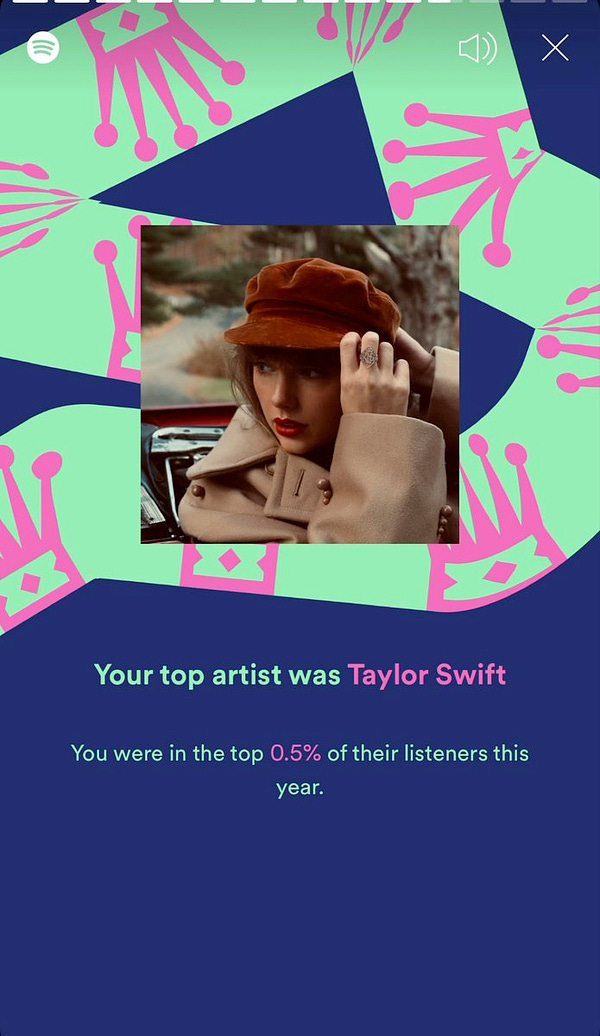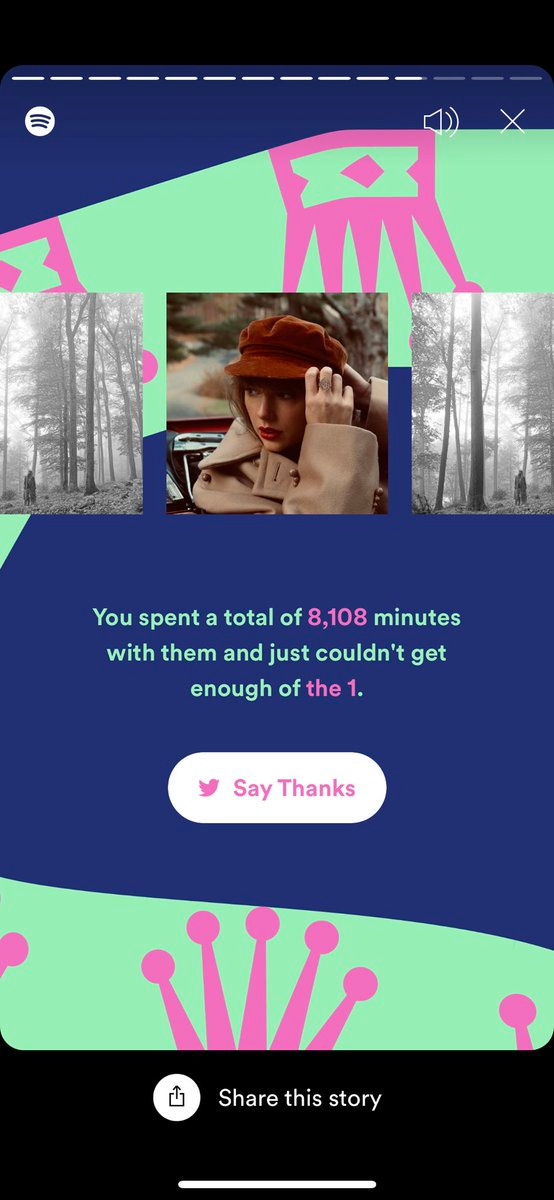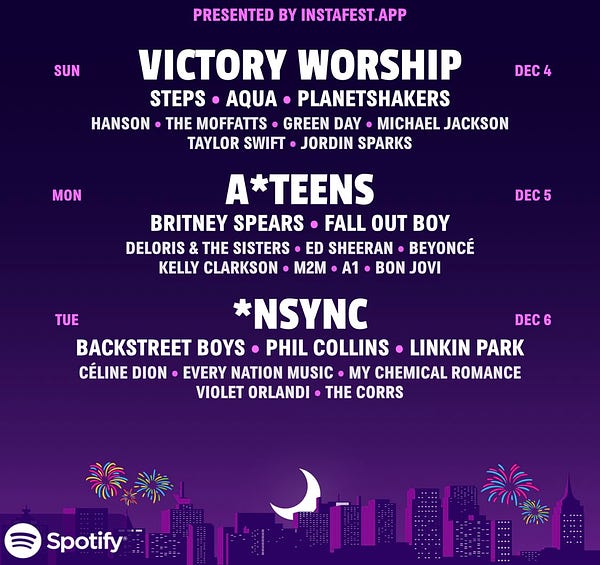Personalisation: Unwrapping key lessons from Spotify's annual campaign 🎵
As Southampton FC have done in recent seasons with their 'Season In Review' campaign, how can we also take inspiration from Spotify Wrapped and integrate it into our own work?
Not yet a subscriber? Join 1000+ sports business leaders from Fnatic to Formula 1 that read Sports Pundit every week to get impactful industry insights.
December is a month of reflection and annual reports. As a result, it tells us a lot about companies and their relationship with their consumers.
Strava, for instance, have received high praise for the 2022 edition of their ‘Year In Sport’ – a data report revealing global trends in sports and active transportation as told by their global community’s activity patterns.

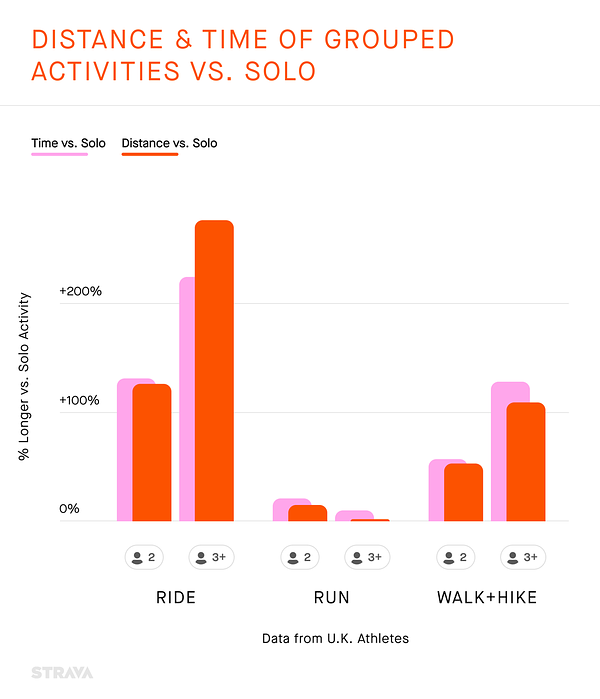
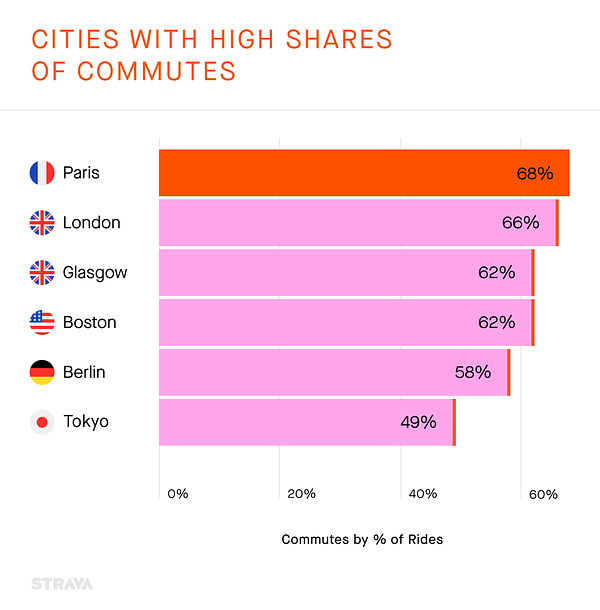
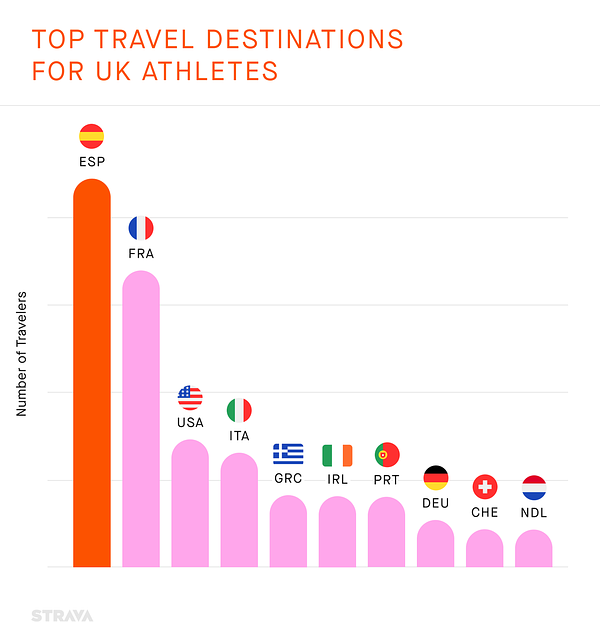
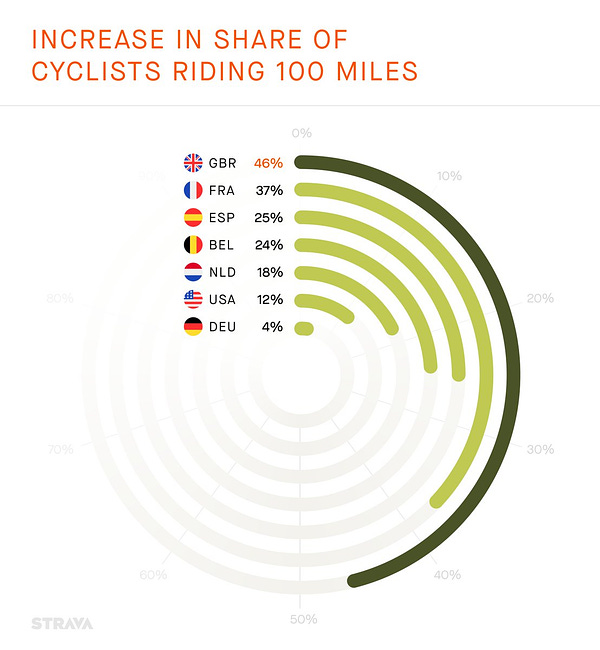
Similarly, Spotify is placed on a pedestal for their annual release of Spotify Wrapped.
The Wrapped campaign, for those unaware, gives Spotify users an in-depth look at their year in music, collating data such as most-streamed artist, song, and recently, even podcast. If you are at all present on social media, you will have no doubt seen their graphics proliferate across your newsfeed.
Plenty has been written about the success of the campaign, which is arguably the greatest lesson in tasteful personalisation, as concluded by Olivia Greco, Marketing Project Coordinator at ARROW VANE.
“What is most impressive about Wrapped is the personalisation. In a world where data is collected prolifically, Spotify manages to turn our data into an experience that users want to be a part of. All this data makes personalisation even easier to achieve, but few brands do it as well as Spotify,” Greco explains.
“Users want to feel special; personalised marketing can be critical in encouraging a customer to buy into a brand. Nowadays, the ‘Hi [name]’ customisation isn’t enough. Look no further for a case study into personalisation than Spotify Wrapped.”
Now, this isn’t to say every business should create a personalised marketing campaign. Spotify does have a significant advantage over many other businesses considering such a move: it has fandom.
Music is one of only a few disciplines where people classify their consumption as an extension of their personality. For example, being in the top 0.5% of Taylor Swift listeners is a bragging right, being in the top 0.5% of Twinkies buyers at the local supermarket, not so much.
The ability to brag about our fandom is, of course, a phenomenon that applies greatly to the sports industry, too. This is the mechanic that causes us to tune in even when our team is losing every week. It is also behind the success of Southampton FC’s personalised marketing campaign of their own.
Ahead of the 2022/23 season, Southampton FC launched their annual ‘Season in Numbers’ campaign, a personalised highlights video which placed the fan’s journey of the season at the forefront.
Speaking to New Digital Age, Jack Walkling, Head of Direct Marketing, Data & Analytics at Southampton FC, explained that “The campaign has enabled us to share messaging and information based on the audience’s history rather than bombarding them with broad advertising messages likely to be ignored.”
“It takes nearly 30,000 fan’s data into a bespoke algorithm and compiles a list of metrics, which we then use to create a customised video highlighting their statistics from the season, from the number of miles travelled to the number of goals witnessed and more, the campaign aims to help create a community that is proud of its support of Southampton Football Club.”
The results, whilst on a much smaller scale than Spotify, have been significant in building a relationship with a core audience for the club. With the open rate jumping to 85% with a click-to-open rate of 63.8%, it is clear this campaign was successful in its attempt to resonate with the club’s most engaged fans.
So, as Southampton FC have done, how can we also take inspiration from Spotify Wrapped and integrate it into our own work?
Here are 5 lessons to focus on👇
1. It’s about the fan, not you - Spotify Wrapped focuses on the fan’s music, data, and year. Nothing about it is centred around how Spotify is the leading streaming platform or has x, y, and z features that make it better than Apple. Southampton too, focus on key metrics for the fan.
2. Fandom creates virality – We want to brag about our fandom. This is what converts every music fan into a Spotify influencer for the week of this campaign launch. This presents presents a similar opportunity for anyone able to measure fandom with data, from streaming platforms like ESPN+ or Netflix (displaying our top watched shows of the year) or fantasy sports games (sharing a review of your season – i.e., Which players were you loyal to? Which players scored you the most points?)
3. Everyone wants to feel unique – Offering the opportunity to share on social is the first step. The next is creating enough variety that it doesn’t feel tired or repetitive. Spotify lets you chose which data points you want to share (top artist, top genres, etc) and lets you display that on a variety of templates. Let people choose what they want to share and make it frictionless. (The launch of Instafest’s plug-in that allows you to create music festival line-up based off your Spotify play data is an example of how even Spotify could expand its offering further).
4. Marketing with FOMO – You don’t want to be the only person not able to share your favourite artists with the world. This leads to a consolidation on the Spotify platform versus competitors. Secondly, unless you are a Premium member, you’re limited to a specific number of plays, which will reduce the Wrapped experience and leads to more conversions to the paid tier. Could you offer a personalised service as part of, or improved by, a premium membership tier?
5. Upselling rewards – Conversion can also go a step further than upgrading to a premium tier. Powered by Ticketmaster, Spotify followed up their Wrapped campaign with a gift, a special thank you from artists for being a fan. As part of their #FansFirst campaign, Spotify promoted gig pre-sales on behalf of artists, sent specifically to fans that qualified as a ‘top fan’. This makes it feel ‘earned’ - similar to season ticket holders who are often rewarded for their loyalty with earlier access.

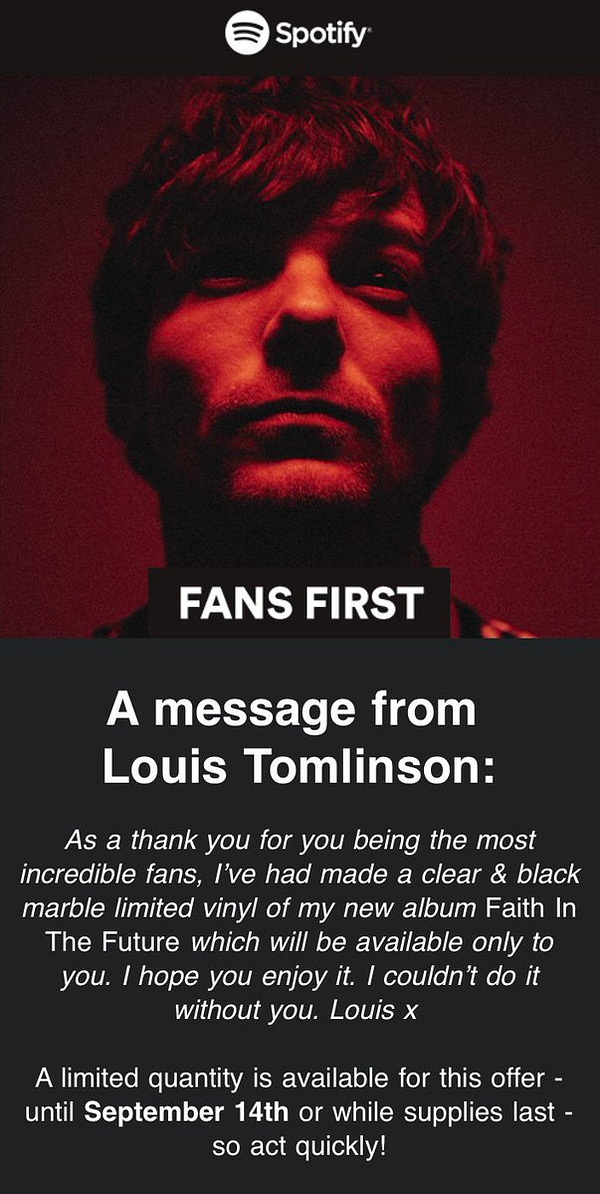
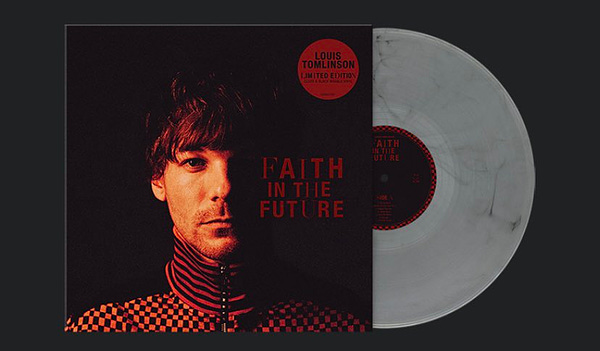
Could you imagine if there were ways to use this to reward other fan groups though too? For example, fans that attended games from different post-codes (you’re the top Man United fan living in Liverpool or Los Angeles – and offer special discounts or access to away games or pre-season tournaments in that area). Or you attended 10% more away games than last season, so you’re given a voucher from Expedia or the Trainline etc as a thank you. There is so much opportunity here.
What do you think? 😀
Not yet a subscriber? Join 1000+ sports business leaders from Fnatic to Formula 1 that read Sports Pundit every week to get impactful industry insights.






